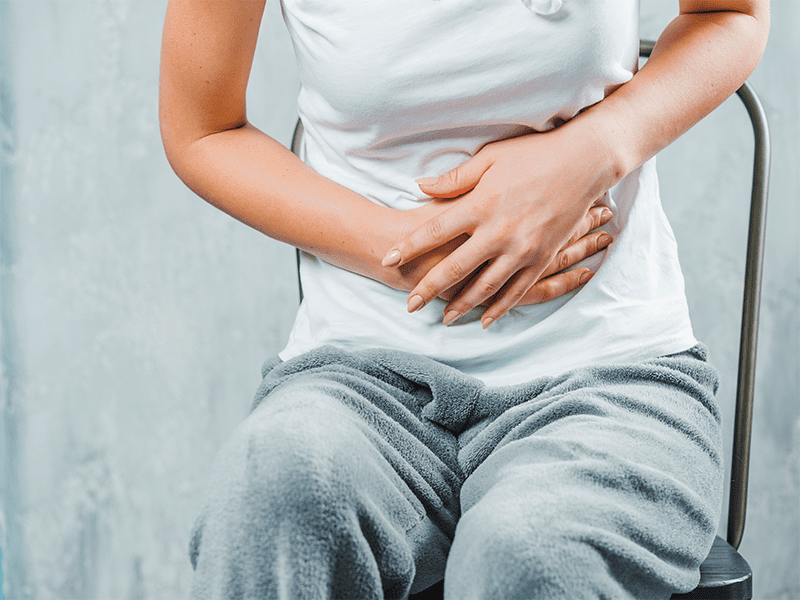Polycystic Ovary Disease or PCOD is a hormonal imbalance caused in the female body. It is triggered when eggs in the ovaries are not released timely and become cysts. This leads to enlargement of the ovaries, causing an improper release of hormones. Now, without PCOD, your body will produce a large amount of estrogen (female hormone) and a small quantity of androgen (male hormone). When PCOD sets in, this balance is disturbed and the body starts producing androgens in larger amounts.
5 Common Symptoms Of PCOD
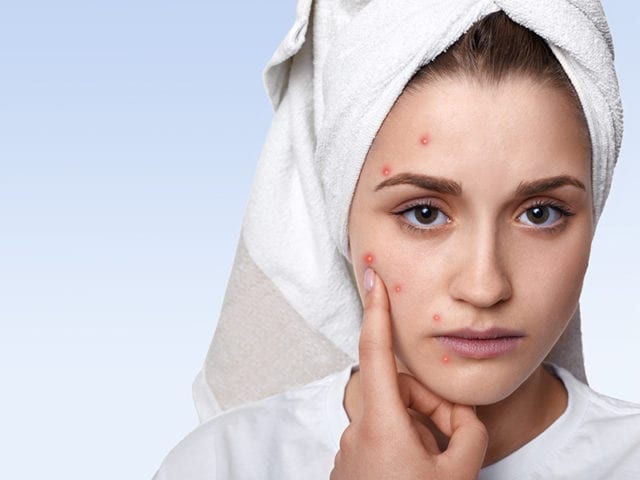
The imbalance of hormones manifests as symptoms that can vary across patients. They include:
- Hormonal acne
- Weight gain/ difficulty in losing it
- Increased hair growth on face and body
- Fertility issues
- Irregular or no menstruation
WIth PCOD, the body becomes insulin-resistant. Since insulin helps the body to use up glucose for energy, its lack triggers more demand. The pancreas has to work overtime to produce more insulin. As a side-effect of higher insulin, the ovaries produce more androgens, worsening the symptoms of PCOD.
It usually manifests in women in the ages of 12-45 and is a life-long disease. There is no known trigger or cure for PCOD yet. Therefore, it has to be managed in a way that is sustainable and healthy for the body in the longer term. This can be achieved through a PCOD diet that helps the body regain its hormonal equilibrium. Diet for PCOD patient focuses on supplementing the shortcomings and suppressing the factors that aggravate symptoms.
Foods That Are Good If You Have PCOD & Must Be A Part Of Your Diet
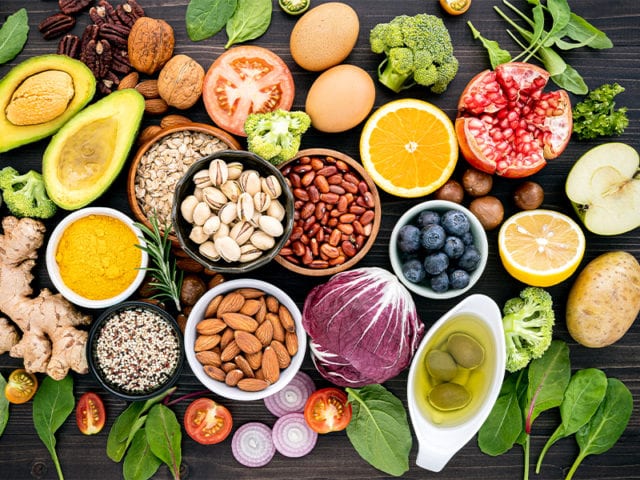
Lighter, healthier foods are a rule of thumb in PCOD diet. They should have a low-sugar content and should be rich in fibre. These include:
1. Fibrous Food
High-fibre content in food slows down digestion and the harmful effects of higher insulin in the blood. It can be obtained through:
- Green vegetables (broccoli, cauliflower, spinach, lettuce)
- Peppers (green, red)
- Beans, lentils (dal)
- Fleshy vegetables (pumpkin, squash, sweet potato)
- Dry fruits
2. Protein
As long the protein is lean, it can be consumed on a PCOD diet. They are very filling and provide a healthy source of protein.
- Chicken
- Fish
- Tofu
3. Foods That Reduce Inflammation
They will help you feel less bloated, lighter and more energised.
- Tomatoes
- Olive oil
- Strawberries, blueberries
4. Nutritious Seeds
They help to keep your hormones under control and their consumption should be limited to 20 mg a day.
- Flax seeds
- Sesame seeds
5 Foods To Avoid If You Have PCOD
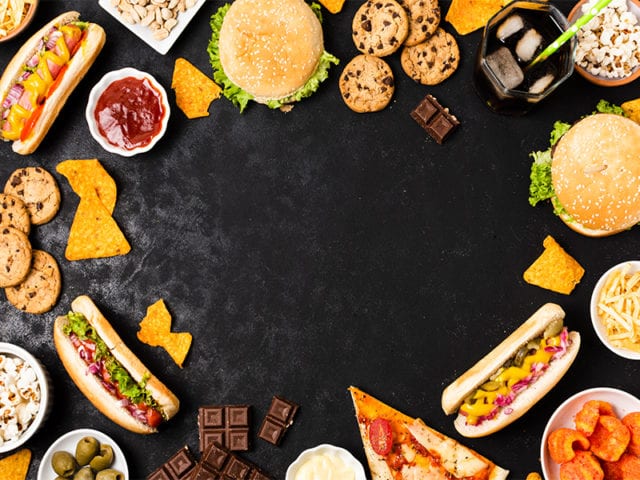
Processed, fried, high-carb, high-sugar foods should be completely avoided in a diet for PCOD patient.
1. Refined High-Carbohydrate Food
They cause inflammation and increase insulin resistance, which can worsen PCOD symptoms.
- White bread
- Muffin
- Pasta made with wheat flour
Did you know calorie-wise, there isn’t a huge difference between white and brown bread? Watch this video to learn now!
2. High-Sugar Food
With already high insulin levels in the body, sugar intake should be severely limited. So, the following foods should be avoided
- Carbonated drinks
- Desserts
3. Processed Red Meat
Studies suggest that red meat consumption can contribute to infertility. Since it is already a risk with PCOD, it is best to avoid:
- Sausages
- Hamburgers
- Steak
- Pork
4. Full- Fat Dairy
It has saturated fats which can raise cholesterol and calorie intake, contributing to weight gain. So, dairy should definitely make it to the list of foods to avoid in PCOD.
5. Deep-Fried Foods
Preservatives and high-carb, sugar content in fried food is the worst combination for someone dealing with PCOD.
A Comprehensive Diet Plan For PCOD

Weight gain is a side effect of PCOD and leads to the aggravation of other symptoms like acne and irregular menstruation. Weight management becomes tougher with this disease as it makes it difficult to lose the extra kilos. So, keeping your weight in check is an essential step in your journey of managing PCOD. This can be done by sticking to a well-balanced diet of foods that calm the symptoms and strengthen the body.
Here is a model PCOD diet chart that you can follow to manage your condition better:
| Wake-Up Drink | In 250 ml water, grate some gooseberries (amla), add mint (pudina) leaves and a pinch of cinnamon. Drink this first thing in the morning as a detoxifying drink that helps to balance hormone levels. |
| Early Snack | Have a handful of soaked almonds or some toasted seeds. |
| Breakfast | Start with a bowl of fresh, fibrous fruits that will energise you. Then opt for a multigrain vegetable sandwich or multigrain rotis, with veggies cooked in olive oil. Cereals like oats, muesli, barley, quinoa and whole-wheat porridge can also be had with nut milk (almond milk, soy milk). Eggs with a side of veggies is another healthy breakfast option. Avoid chai or coffee with milk. Have green tea instead. |
| Lunch: This meal of the day should be filling yet light, so you don’t feel bloated and power through your day at home, work or school. | Multigrain rotis with curd and sliced cucumbers. Chicken or fish, cooked in olive oil with a small salad. Leafy, fresh salad with veggies, fruits, nuts and seeds. Remember to avoid street food, like pav bhaji or chole bhature for lunch. They are deep-fried, high on carbs and sugar and have very little nutritional value. |
| Evening Snack | Choose popcorn or puffed rice (mura/laiya) over chips as they are healthier and lighter. Have another green tea, or a back coffee or tea. Roasted peanuts or seeds, spiced with chaat masala and a pinch of chilli powder make for a great snack, make sure you don’t use lots of salt here. |
| Dinner: Sound sleep is necessary for the overall health of the body, including weight and mood management. So make sure you have your dinner between 7-8 pm and make it healthy. | Minding your protein intake for the day, you can have fish, chicken or tofu. You can cook a light Indian curry or have a continental meal with a side salad. Go for brown rice, if you must have it. Multigrain or bran rotis should be preferred over whole-wheat ones. For dessert, you can have dairy-free ice-cream, which is low in sugar or a few pieces of dark chocolate. |
You can add or subtract from this PCOD diet chart depending on preference and availability of ingredients.
PCOD Diet: 5 Tips To Remember
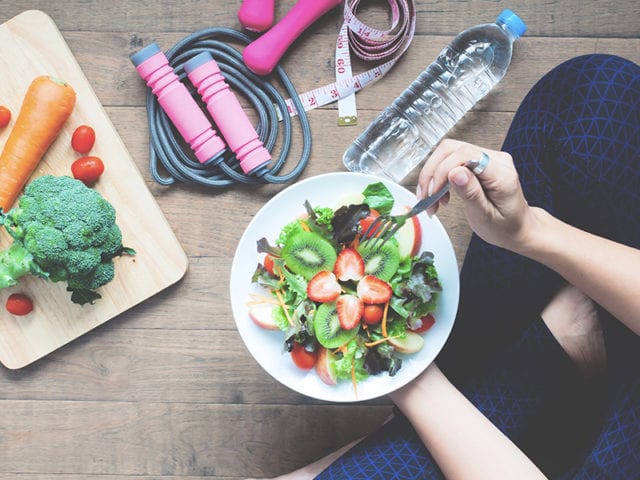
1. Portion Control
Even when you are eating healthy foods, having them in excess can minimise their benefits and lead to weight gain. For example, having fresh fruits is advisable, but they do have fructose in them. So an excess would mean a higher sugar intake.
2. Do Not Skip Meals
Skipping meals may seem like an easy way of losing weight. But doing so not only causes weakness but also spikes the blood sugar, which can affect the insulin levels in the body. So, it is better to have small, regular meals that will keep you fuelled through the day.
3. Snack Wisely
Fried, salty foods, to be eaten right out of the packet may seem like an easy fix for hunger pangs. But over time they not only lead to weight gain but also contribute other PCOD symptoms like acne. So choose healthier snacks like fruits, nuts, seeds and dry fruits. Get creative by spicing them or cooking them, so they are just as enjoyable as any other snack.
4. Water Intake
Drinking lots of water is proclaimed as essential when dealing with acne or weight gain. However, the situation is a bit complicated with PCOD. Here the body is prone to constipation and water retention. So water intake should be moderated.
5. Regular Exercise
Needless to say, regular workouts keep the body active and are essential for losing weight. Exercise also helps lift the mood, which may be in a slump from time to time due to the body’s hormonal roller coaster in PCOD.
The trick with PCOD management is not to starve or deprive yourself. The key of a good PCOD diet lies in moderation. Eat right, portion carefully and get creative with your food. PCOD is a chronic condition that is definitely hard to manage. But a well-balanced diet and positive attitude can guide you through the toughest times.
Try at home, this easy exercise for hormonal imbalance

